Chè Thái: Ingredients and Preparation
Main Ingredients
Main Cooking Method
Preparation Process
Chè Thái: A Deep Dive
Cultural Significance
Taste
Texture
Aroma
Color
Serving Style
Serving Temperature
Accompaniment
Occasions
Seasons
Special Diets
Calories
Popularity
Popular Similar Dishes
- Tub Tim Krob
- Sâm Bổ Lượng
- Falooda
- Chè Trôi Nước
Popular Dining Area
Chè thái is a street food sweet dessert in Vietnam that combines fruits with various jellies and a thick mix of coconut milk. Inspired by the sweet Thai dessert of tub tim krob, chè Thái in Vietnam is often served cold.
Typically, chè Thái features a color mix of toppings, with jackfruits and durian being common fruit options. The jellies vary significantly, with each eatery offering a unique combination of flavors, fillings, and textures.
Commonly, chè Thái is sold at street food stalls or eateries that specialize in making this sweet dessert treat. Interestingly, some Vietnamese even see chè Thái as a refreshing choice to have on hot days.
To fully appreciate chè Thái, it’s important to understand the elements that define this specialty and explore places in Vietnam where this treat can be found. Then, uncover both its appealing and less favorable aspects. Next, find out some of the inquiries that many often wonder about chè Thái and find out some dishes that are just like it.
Key Points
Chè Thái Images
What Ingredients Are Used for Making Chè Thái?
Since each place does chè Thái differently, there are endless flavor combinations of this sweet treat. For that, let me give you a perfect recap of the elements that make up chè Thái:
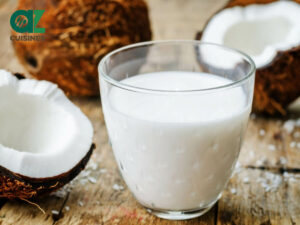
Coconut milk
Forms the creamy base of the dessert.
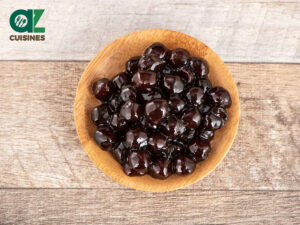
Tapioca pearls
Small, chewy balls made from tapioca starch, adding texture to the dish.

Assorted fruits
Common choices include jackfruit, durian, lychee, longan, and mango. These fruits add natural sweetness and varied flavors.
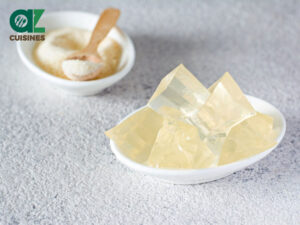
Jellies and agar-agar
Various types of jellies, often colorful, are added for texture. Agar-agar, a vegetarian gelatin substitute made from seaweed, is also used to make these jellies.

Additional Toppings
These can include red beans, mung bean paste, or sweet corn for extra texture and flavor.
After figuring out all the compositions of chè Thái, it’s crucial for you to know some locations that provide this tasty sweet treat in Vietnam.
Where to Eat Chè Thái In Vietnam?
In Vietnam, chè Thái is available everywhere in the country, which explains why you should note down some addresses to get this treat:
In Vietnam
Chè Liên
Address: 189 Hoang Dieu, Nam Dương, Hai Chau, Da Nang
Opening time: 7:30 AM – 10:30 PM
Chè Thái Cô Phượng
Address: 302, Nguyen Tri Phuong, Ward 4, District 10, HCMC
Opening time: 8 AM – 9 PM
Chè Thái Đội Cấn
Address: 75 Doi Can Ward, Doi Can, Ba Dinh, Ha Noi, Vietnam
Opening time: 10 AM – 3 PM
Chè Thái 29E
Address: 243/29E Ton Dan, Ward 15, District 4, HCMC
Opening time: 11 AM – 9 PM
In case you don’t know whether chè Thái suits your taste buds, make sure to check out all the positive and negative features of consuming this Vietnamese sweet treat.
Pros and Cons of Eating Chè Thái
Here are the important features of chè Thái that you should consider carefully before eating chè Thái:
Pros
Cons
Make sure not to miss a few common concerns about chè Thái that will greatly enhance your understanding of the dish.









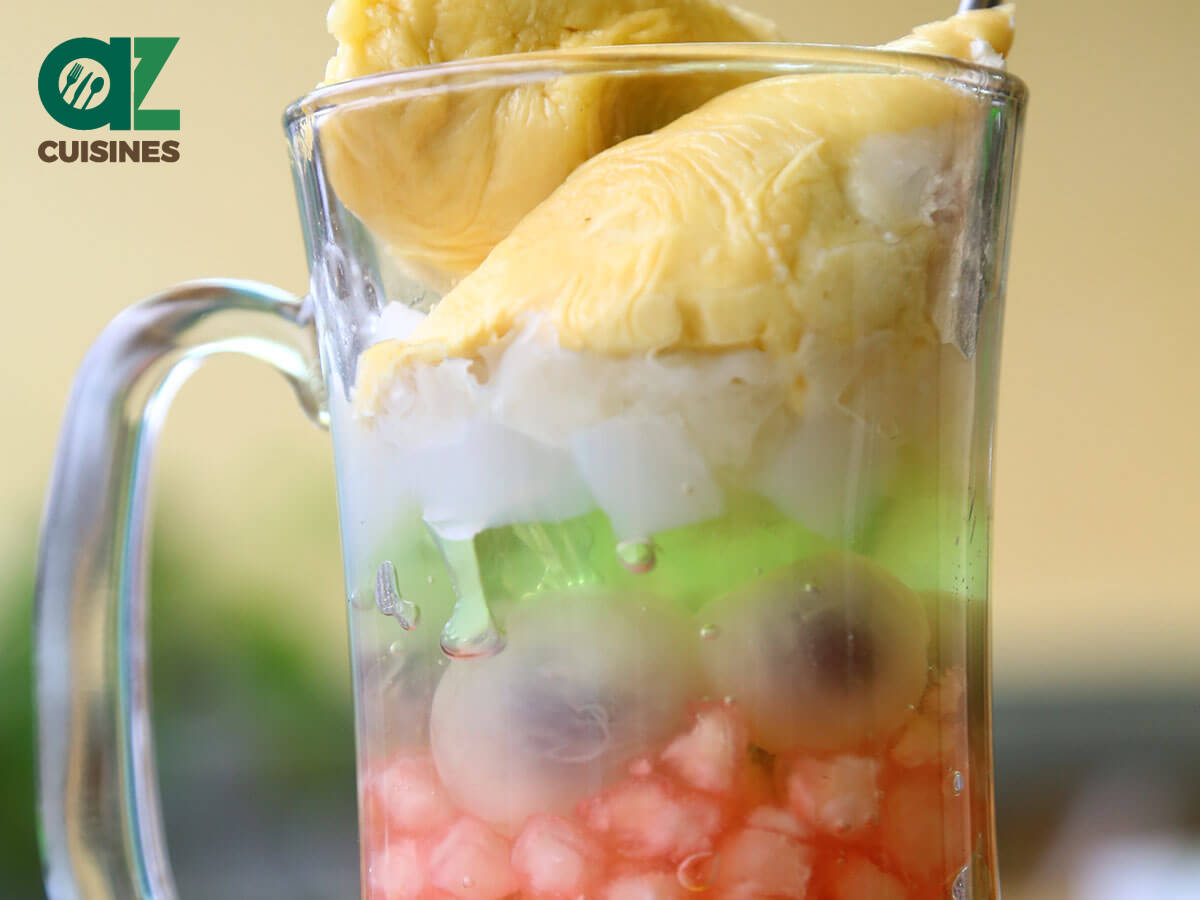


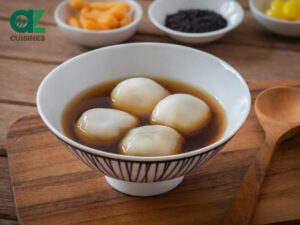
Truc Tran (Kris)
Senior Food Editor
Expertise
Home Cooking, Meal Planning, Recipe Development, Baking and Pastry, Food Editor, Cooking-video Maker, Vietnamese Food Evaluation Expert
Education
Truc Tran (Kris), an experienced food writer and editor, is great at exploring and describing global cuisines, from simple street food to fancy dining. In her writing, she skillfully mixes different flavors, cooking methods, and culinary traditions, showing the unique character of various cultures through their food and drinks. On azcuisines.com, Kris highlights her knowledge, especially in Asian cuisine and worldwide traditional dishes.